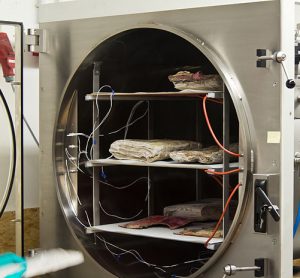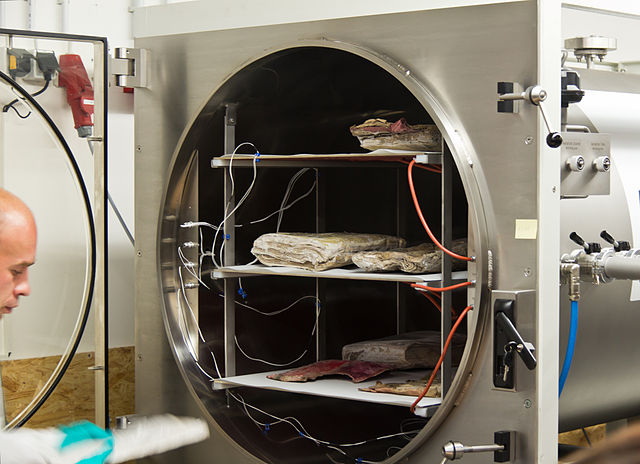Utilisation of secondary screening
19 June 2008 | By
European Pharmaceutical Review has brought together four individuals from different sides of the scientific palette to discuss current and future issues surrounding secondary screening and maximising its potential.











